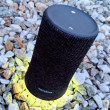Review: ZTE Avid 4 for MetroPCS
Feb 9, 2018, 10:30 AM by Eric M. Zeman
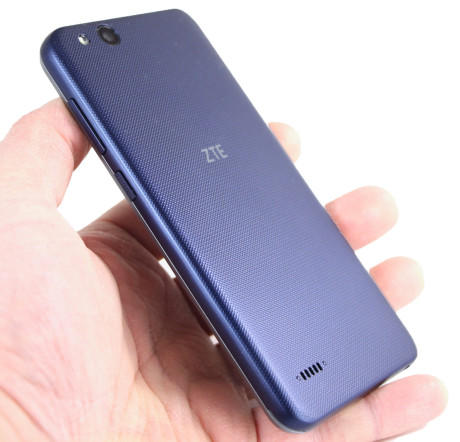
ZTE's latest low-cost handset for MetroPCS offers entry-level specs and performance. It includes a 5-inch screen, 8-megapixel camera, and Android 7 Nougat. MetroPCS customers can score this handset for next to nothing, but there might be better options. Here is Phone Scoop's in-depth review.
Is It Your Type?
The ZTE Avid 4 is a phone for those who need the lowest-possible price. This entry-level Android covers just the basics for MetroPCS customers.
Body
To look at the ZTE Avid 4 is to know that it is a low-cost phone. Its pedestrian looks belie the phone's status in an instant. Everything about it says, "I'm cheap!" Sadly, that's the experience it provides.
ZTE mixed black, gray, and blue into a design that harkens back to the phones of 2015. The black glass is fitted into a chunky gray plastic frame. The blue plastic rear shell covers the entire back surface and wraps around to meet the gray frame at the sides. The blue is a pleasing shade. ZTE kept the Avid 4's lines simple and clean, though it comes off looking a bit blocky.
The Avid 4 is an average-sized phone. Most people should find it comfortable to hold and use. My one complaint about the size is the thickness: at 9.1mm front to back, it feels a hair on the chubby side. The plastic materials keep the weight down. It fits into pockets well enough and was never a burden to cart around.
Build quality is solid enough. The glass, frame, and shell are all tucked togeher tightly. The phone is plastic through and through, and you'll know it when you hold it. The Avid 4 may come off as cheap, but it's not flimsy. I had total confidence in the hardware while testing it, though it's worth mentioning that the phone isn't waterproof and it isn't designed to be particularly rugged.
The Avid 4 has a face only a mother could love. The gray frame creates a thin rim around the glass that's probably not enough to protect the screen should the phone be placed face down. Huge, unsightly bezels surround the display. Worse, the display is gray in comparison to the black framing, which causes it to stand out in an unpleasant way.

A small slit above the screen holds the earpiece. Three capacitive buttons line the Avid 4's huge chin. Typical for ZTE, the home button is a small circle, while the back (left) and app-switcher (right) keys are small dots. The capacitive buttons worked fine.
The screen lock button is on the phone's right edge. It has a good profile and a ribbed texture to help it stand out. I was pleased with the travel and feedback. The volume toggle, placed above the screen lock key, has an excellent profile and a smooth texture. The toggle is long enough to help set the up/down halves apart. Travel was a little mushy.
The Avid 4 has a 3.5mm headphone jack on the bottom edge. The phone relies on microUSB for charging, rather than modern USB-C. The port is tucked into the bottom edge. This is a typical set of ports for a low-end phone.

ZTE liks to use deep blues on its handsets and the back of the Avid 4 is no different. The plastic has a cross-hatch pattern and a semi-shiny finish to it. I'm glad there's some texture to panel, though ZTE did well to smooth the pattern out along the side edges. A notch in the lower corner allows you to peel the entire rear panel off. Doing so provides access to the SIM card and memory card slots, as well as the battery. I like that you can swap the cards without pulling the battery.

The ZTE Avid 4 doesn't elicit oohs and aahs, yet it suffices as a usable piece of hardware.
Screen
The phone has a 5-inch display with sub-HD resolution (854 by 480 pixels) and it's a dealbreaker for me.
First, the glass lacks a fingerprint-proof coating and is seemingly on a mission to collect as many oily smears as possible. Gross. Second, the display is set deep below the glass and it looks cheap. The gap between the surface and the LCD may only be a millimeter or two, but it may as well be a mile.
Crucially, the low-res screen is no fun to look at. Visible pixels are everywhere and the screen door effect is distracting. Text can be hard to read on web sites. Brightness is acceptable for indoor use, but it's not enough for outdoor use (particularly considering the fingerprint problem). Last, the color is off. The entire screen skews blue.
It's a bad screen. Maybe a young kid could deal with the experience, but no one else should have to.
Signal
MetroPCS is owned and operated by T-Mobile, and thus the Avid 4 runs on T-Mobile's network. Thankfully the phone includes support for T-Mobile's somewhat newer band 66, in addition to the Un-carrier's more traditional LTE bands.
The phone did a fine job finding the network and remaining hooked up. The Avid 4 consistently connected calls on the first dial and only dropped one call at highway speeds in a known dead spot. Data performance is acceptable. I was able to enjoy Spotify and YouTube streamed over LTE, though at average quality settings. Perusing media-rich social networks over 4G worked well, as did browsing the web and downloading apps from the Google Play store. The Avid 4 does as well as any other Metro-branded handset.
Sound
Phone calls are middling on the Avid 4. Voices coming through the earpiece are fairly clear and have a nice tone, but the earpiece simply doesn't produce enough volume. I could barely use the phone to make calls at home, let alone in a noisy space such as a coffee shop or moving car. I struggled to hear calls nearly everywhere I took the phone. People I spoke to through the Avid 4 said I sounded "okay."
The speakerphone only works in quiet spots, such as home or an office with a closed door. It's useless outdoors, or in the car. Moreover, the speaker is located on the rear panel; this means if you hold the phone in your hand, you'll likely muffle the speaker. Quality is scratchy.
Ringers and alerts are just barely loud enough. The vibrate alert does a fine job.
Battery
If there's one place the Avid 4 excels, it's battery life. The phone ships with a 2,520mAh battery and it easily pushes the phone through a full day with plenty of power to spare. We can likely thank the low-resolution screen for the Avid 4's fine battery performance. Only on the heaviest-use days did the phone's battery capacity ever dip below 30%. My guess is most people will be able to enjoy all-day uptime without worry.
Unsurprisingly, the Avid 4 does not support rapid charging, nor wireless charging.
Bluetooth, GPS, NFC, WiFi
The Bluetooth radio did all right. I was able to pair and connect with accessories such as headsets and speakers. The phone gave me a little trouble with my car's hands-free system, but some perseverance got the two talking. Call quality was pretty rough over headsets and via my car, but music sounded good enough through earphones.
As a navigation tool, the Avid 4 gets the job done. The GPS radio matched the Avid 4's real-time location with Google Maps on the regular. Point-to-point navigation worked as it should.
The WiFi was decent. The Avid 4 does not have NFC.
It does include an FM radio. If you have wired headphones, you can tune in your favorite local stations no problem.
Comments
No messages


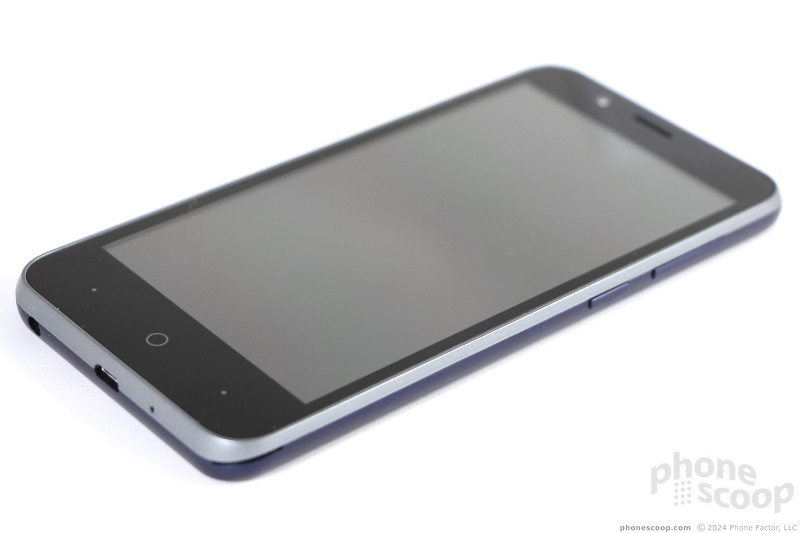




















 iPhone 15 Series Goes All-In on USB-C and Dynamic Island
iPhone 15 Series Goes All-In on USB-C and Dynamic Island
 Samsung S24 Series Adds More AI, Updates the Hardware
Samsung S24 Series Adds More AI, Updates the Hardware
 Samsung Puts its Best Camera Yet in the Galaxy S23 Ultra
Samsung Puts its Best Camera Yet in the Galaxy S23 Ultra
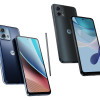 Motorola Updates its Most Affordable Phones
Motorola Updates its Most Affordable Phones
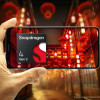 Qualcomm's New Chip for Entry-Level Phones Moves to 4nm
Qualcomm's New Chip for Entry-Level Phones Moves to 4nm
 ZTE Avid 4
ZTE Avid 4



